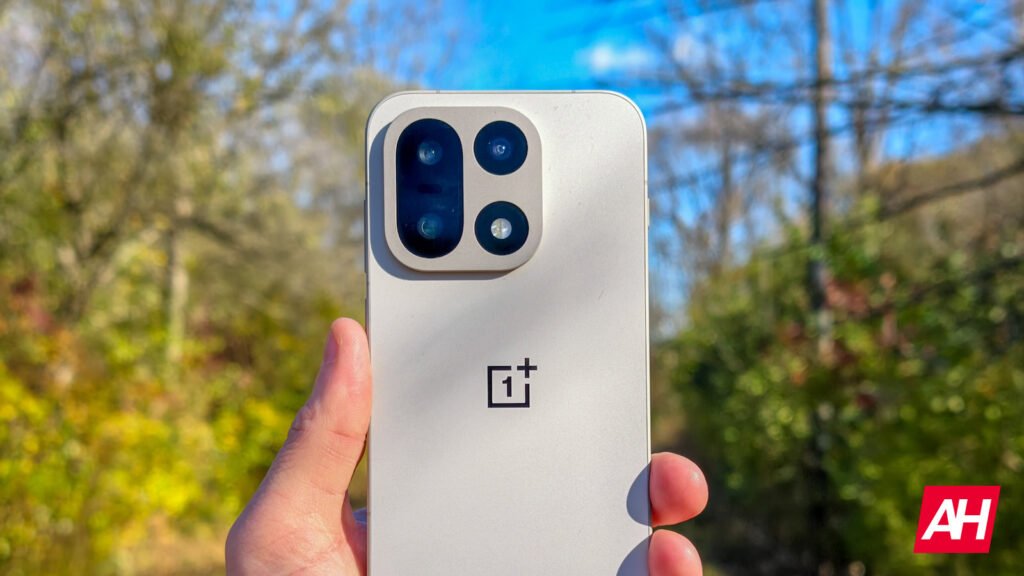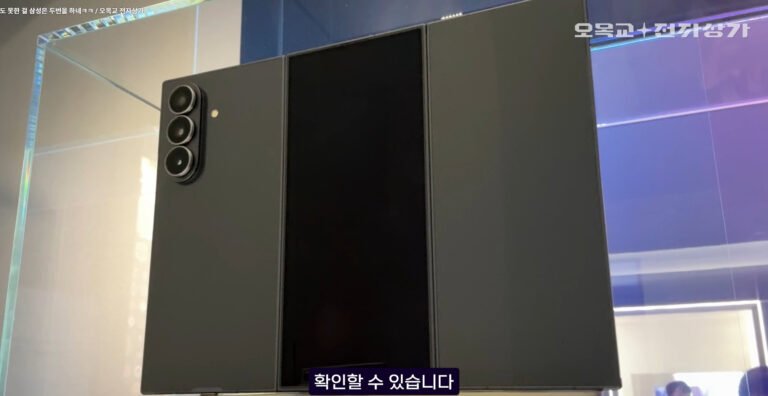

The OnePlus 15 recently launched as a major player in the flagship smartphone market. The device boasts Qualcomm’s latest and most powerful processor, the Snapdragon 8 Elite Gen 5. This chip promises groundbreaking performance, yet early stress tests on other devices featuring this silicon already pointed toward a recurring issue: managing the heat generated under sustained, heavy load. Unfortunately, the latest rigorous testing involving the OnePlus 15 (Review) seems to confirm this Snapdragon 8 Elite Gen 5 thermal pattern.
Snapdragon 8 Elite Gen 5 thermal issue confirmed by OnePlus 15 testing
Needless to say, the OnePlus 15 handles everyday tasks and even single-run benchmarks with ease. However, according to test results (by Android Authority), the situation changes when you push to the limits its graphics processing unit (GPU). In intense, looping stress tests designed to simulate prolonged, high-demand gaming, the OnePlus 15 struggled significantly. The device could not complete the full benchmark sequence, even shutting down the test prematurely due to excessive heat.
During one of these instances (3DMark), the phone’s exterior surface reached a temperature of 52.7°C (127°F). This temperature is far too high for comfortable handheld use. The device shut down the benchmark and restricted access to non-essential apps until it cooled down.
This result raises immediate questions about thermal management within the sleek flagship design. Other competing phones featuring the same Snapdragon 8 Elite Gen 5 chip, such as the gaming-focused REDMAGIC 11 Pro, managed to complete the tests. However, REDMAGIC’s device integrates aggressive cooling features like internal fans. More damning for the OnePlus 15 is the performance of its sibling device, the Oppo Find X9 Pro (Review), which uses a rival Dimensity 9500 chip and completes the same tests without thermal issues.
The company’s response
OnePlus responded to a request for comment. A representative noted that these stress tests are far more demanding than typical use or even most popular mobile games. The reply asserted that the phone remains within normal thermal limits for everyday tasks. They attribute the benchmark shutdowns to the processor reaching its thermal ceiling sooner when running an “all-out workload.”
The company is correct that the phone performs fine during light use. However, the inability to sustain peak performance for long durations is a concern for heavy users. Gamers who enjoy processor-intensive emulation or consumers who rely on high, stable frame rates for extended competitive sessions might find the OnePlus 15’s thermal constraints limiting.
However, the OnePlus 15 is a relatively new device on the market. So, it probably has room for improvement in terms of hardware optimization. Let’s hope to see better thermal figures on the device in the near future.
The post OnePlus 15 Struggles with Snapdragon 8 Elite Gen 5 Heat in Tests appeared first on Android Headlines.


